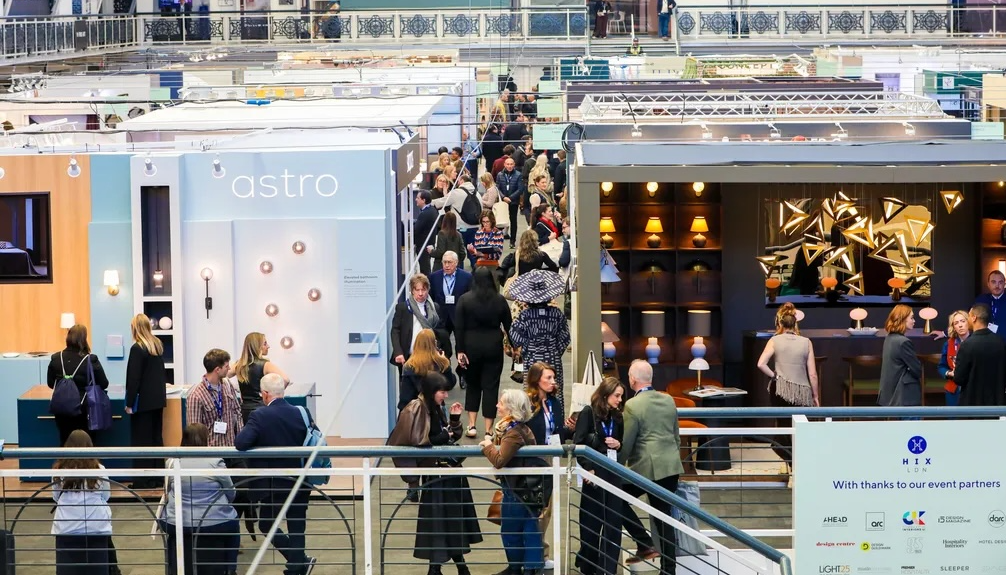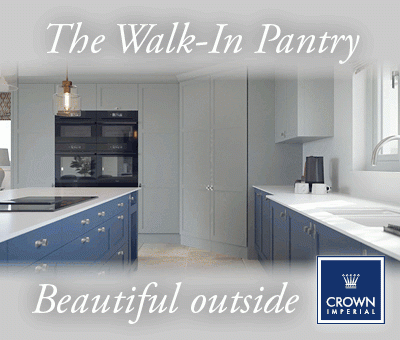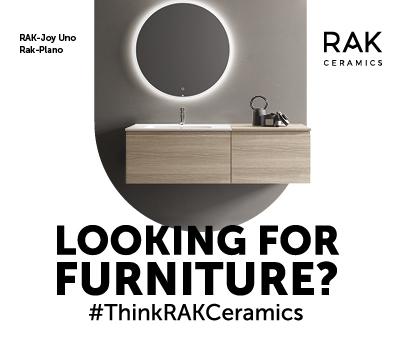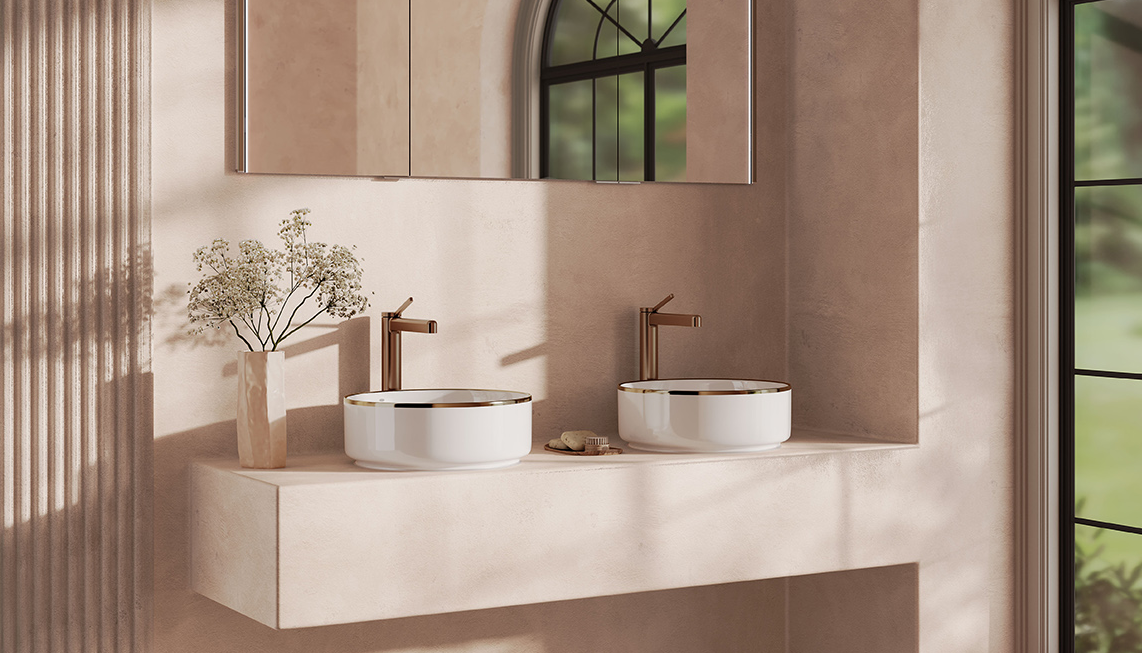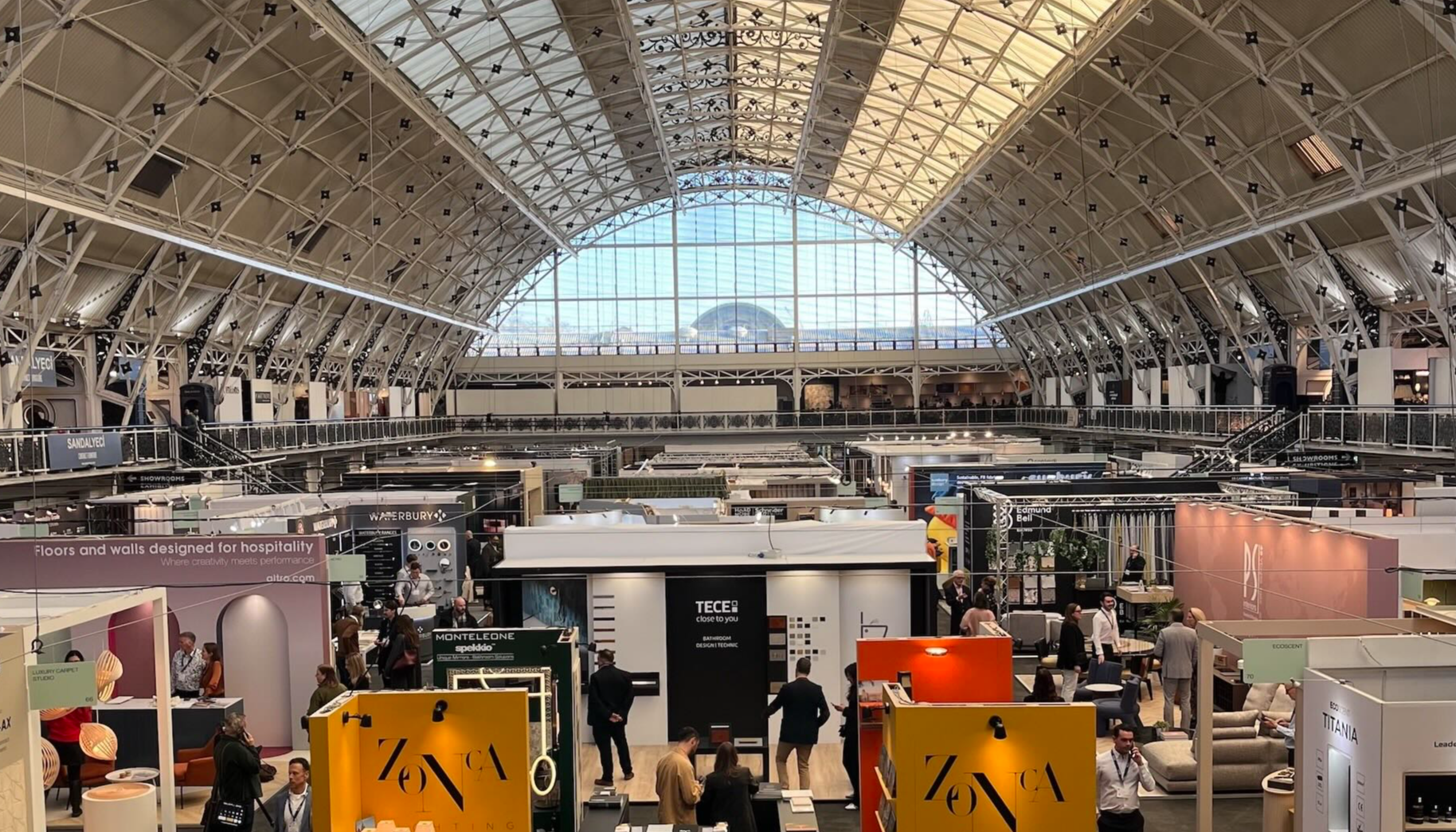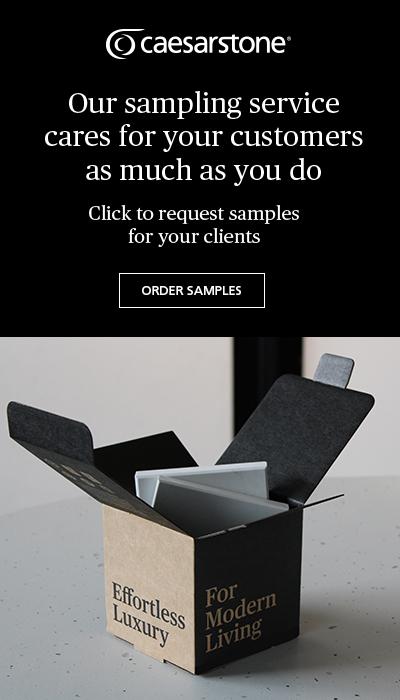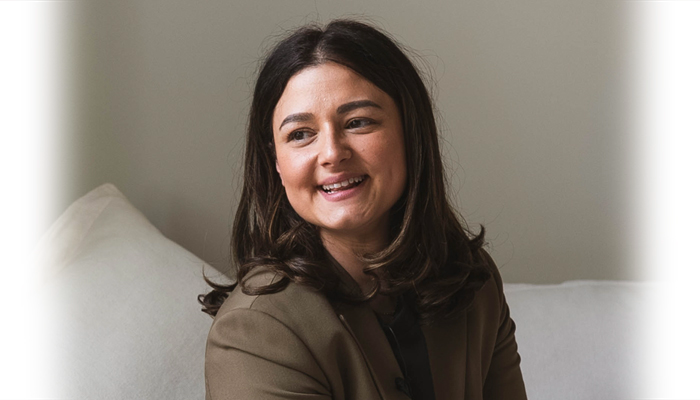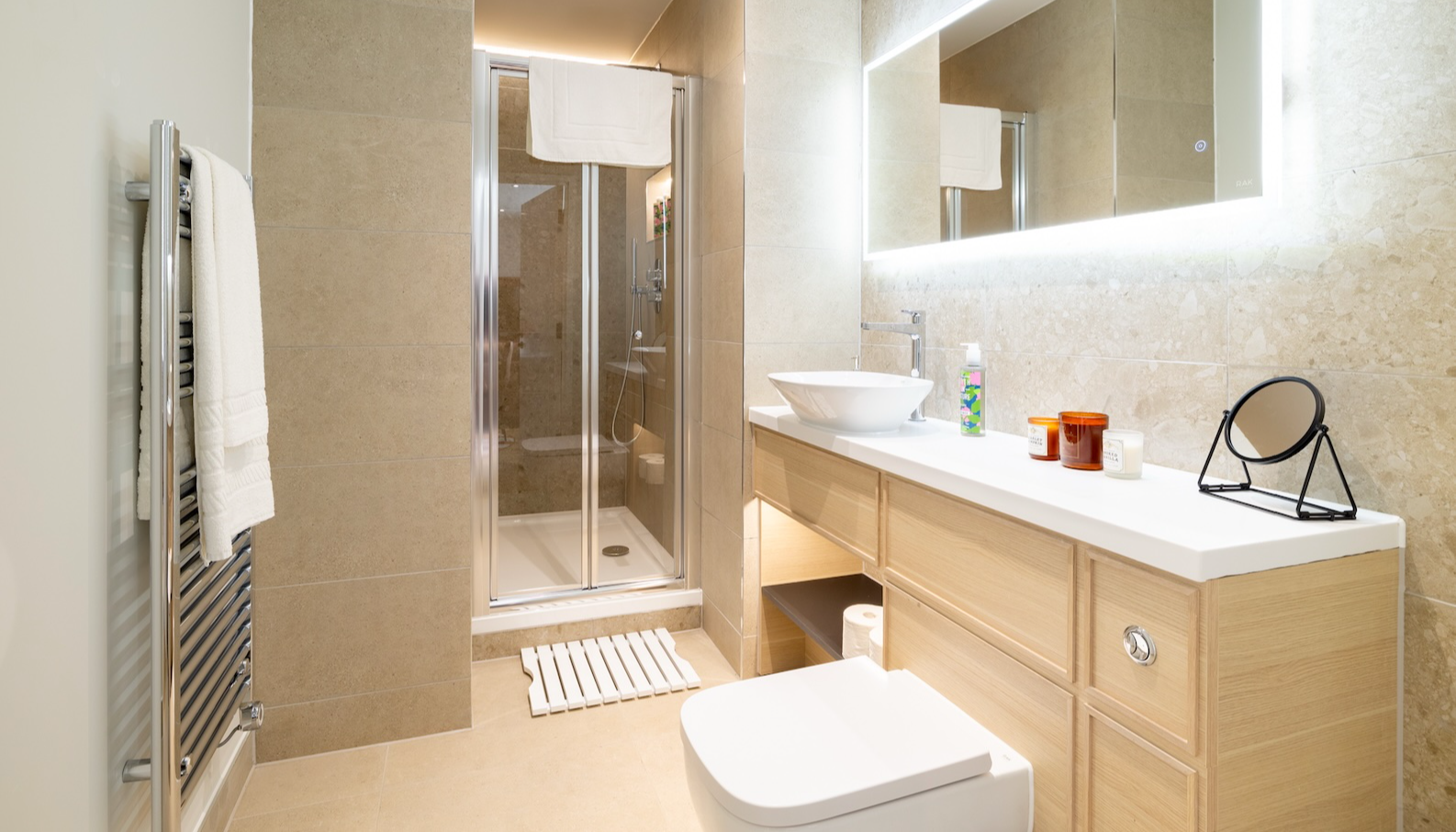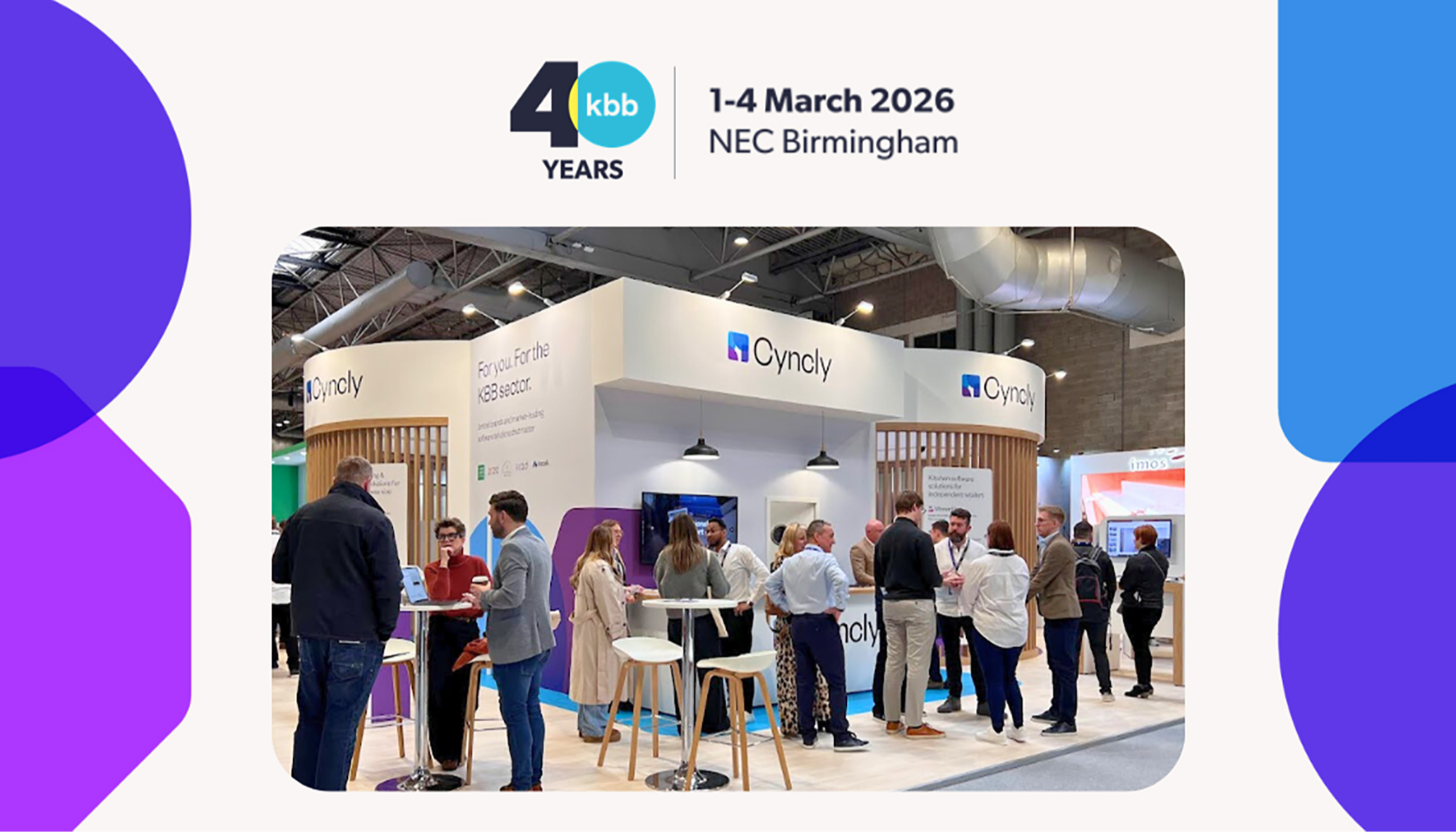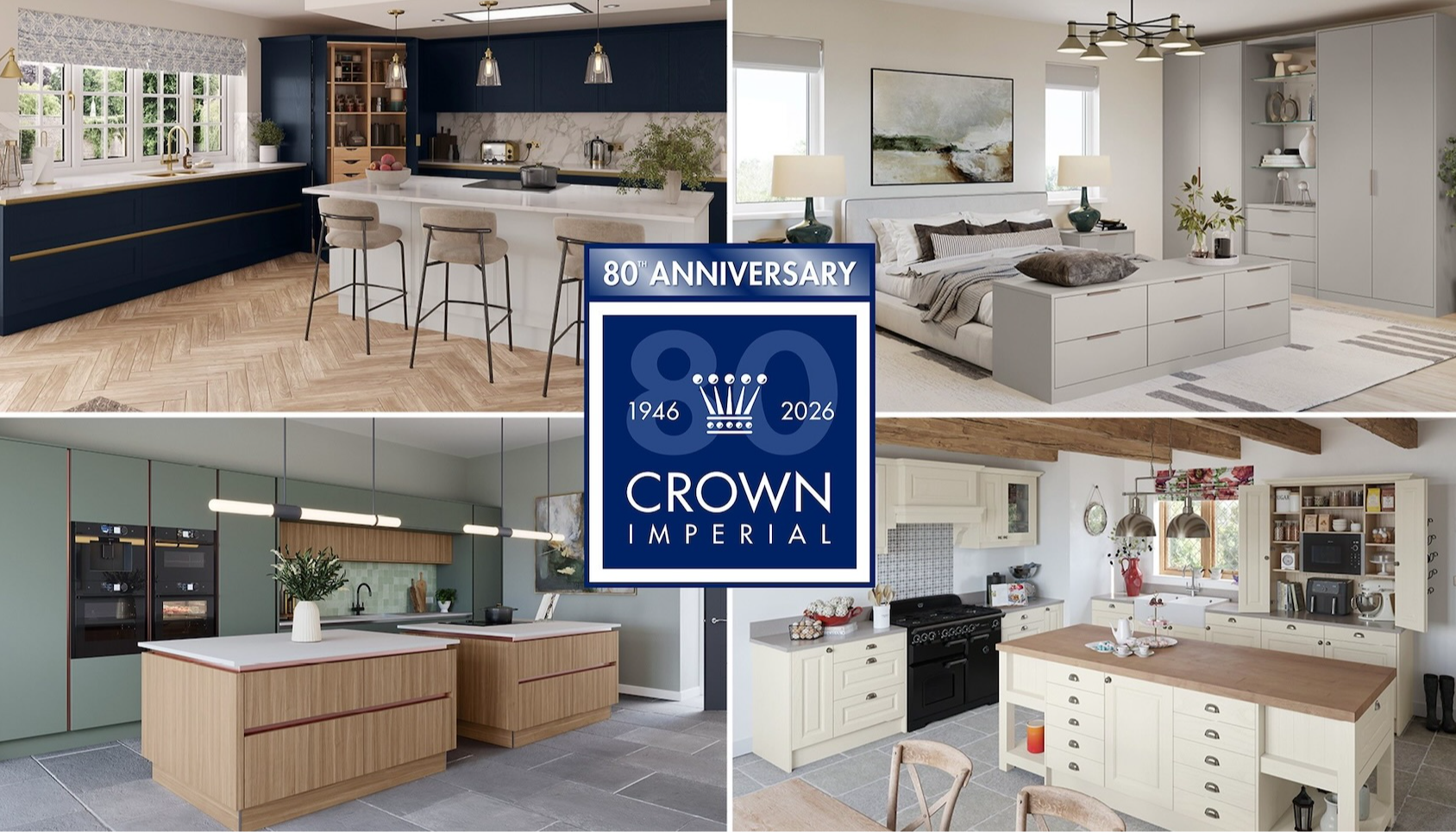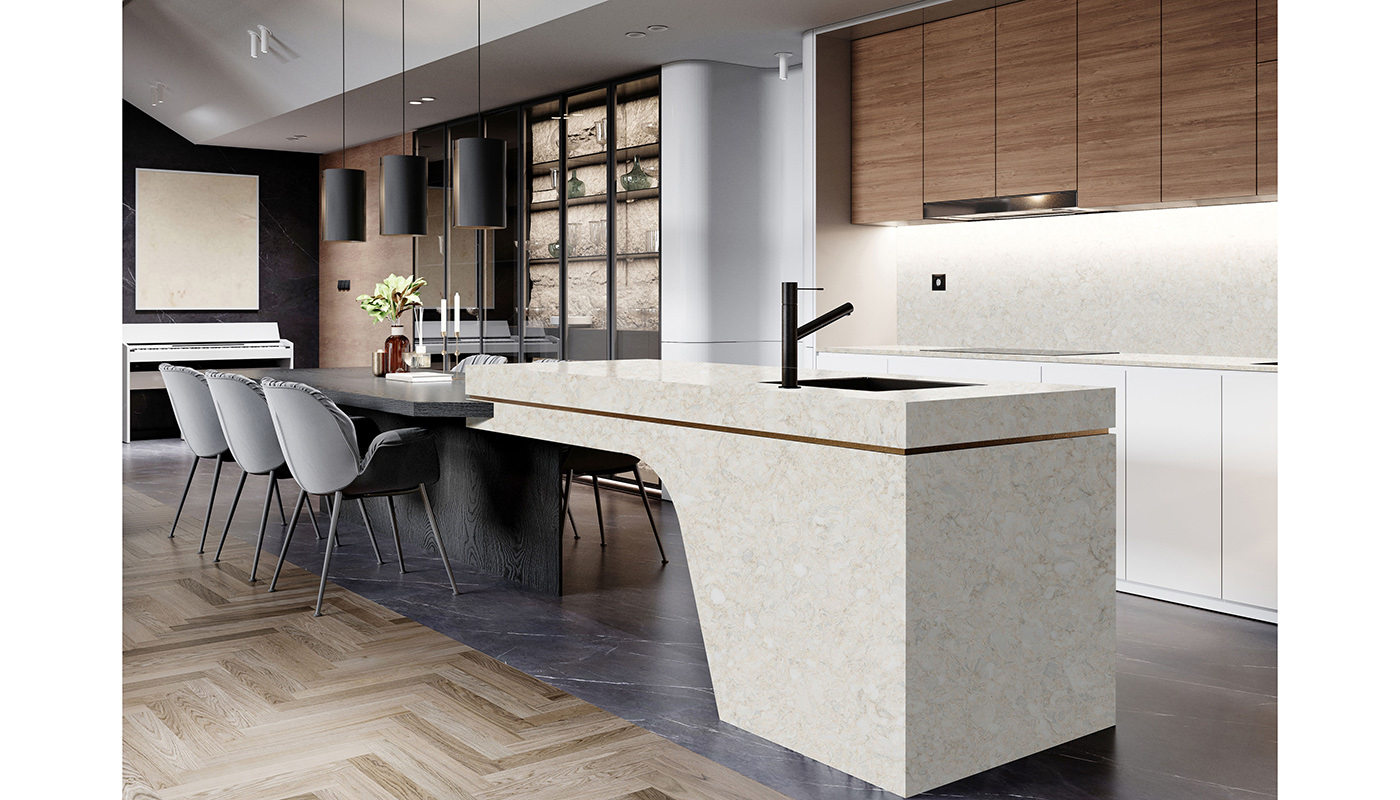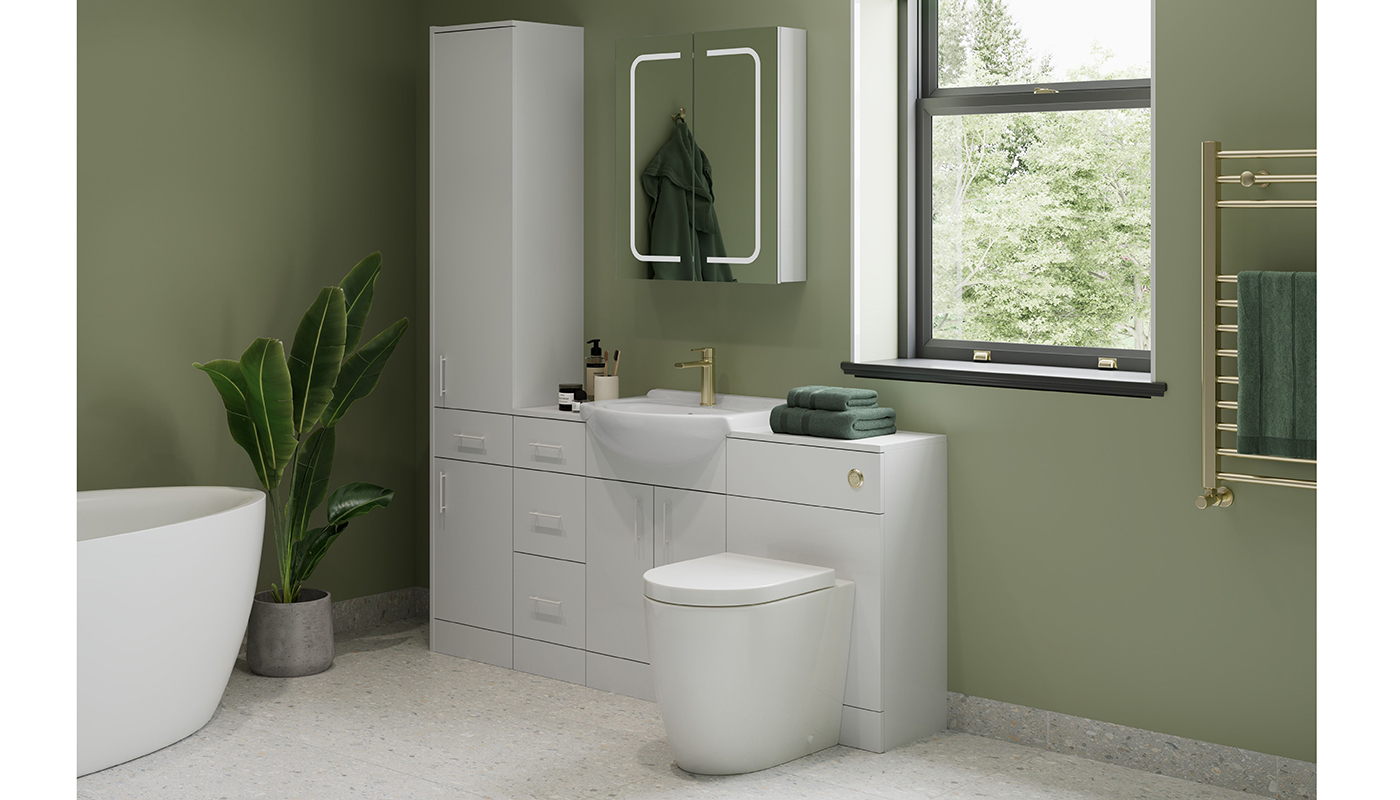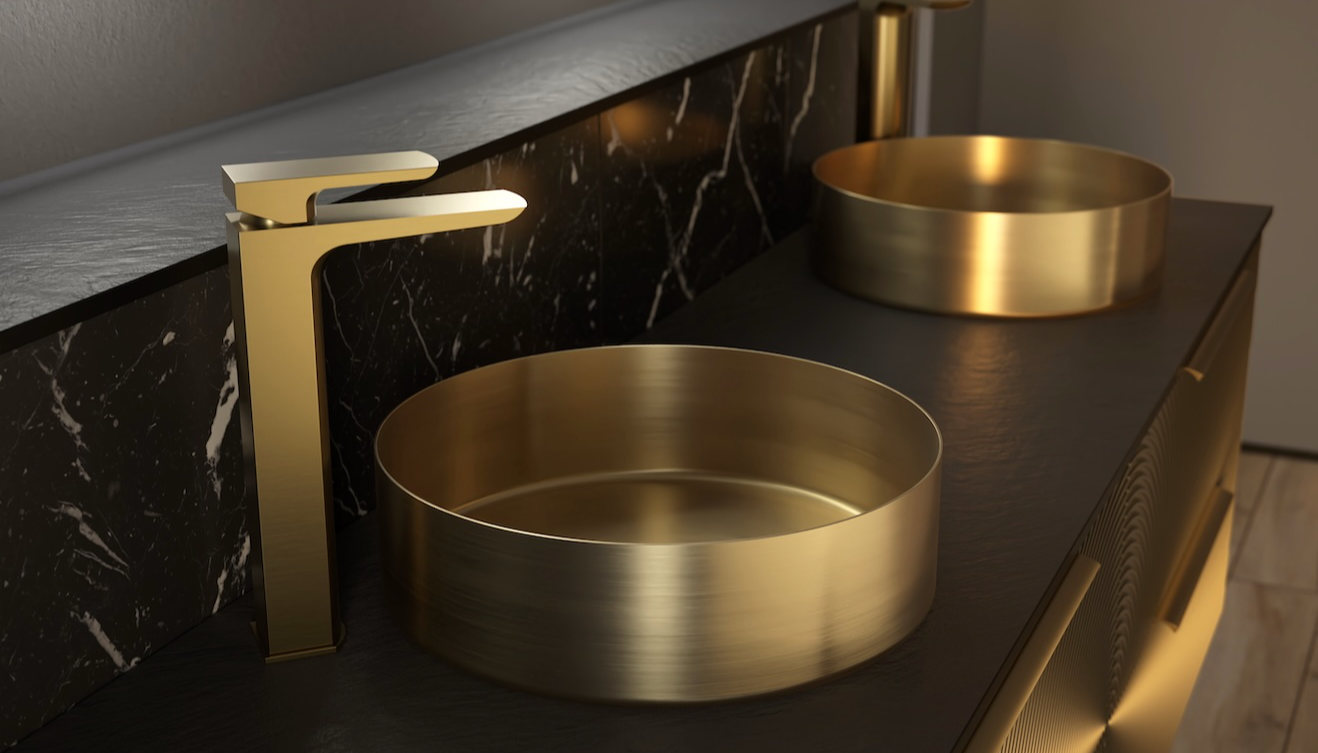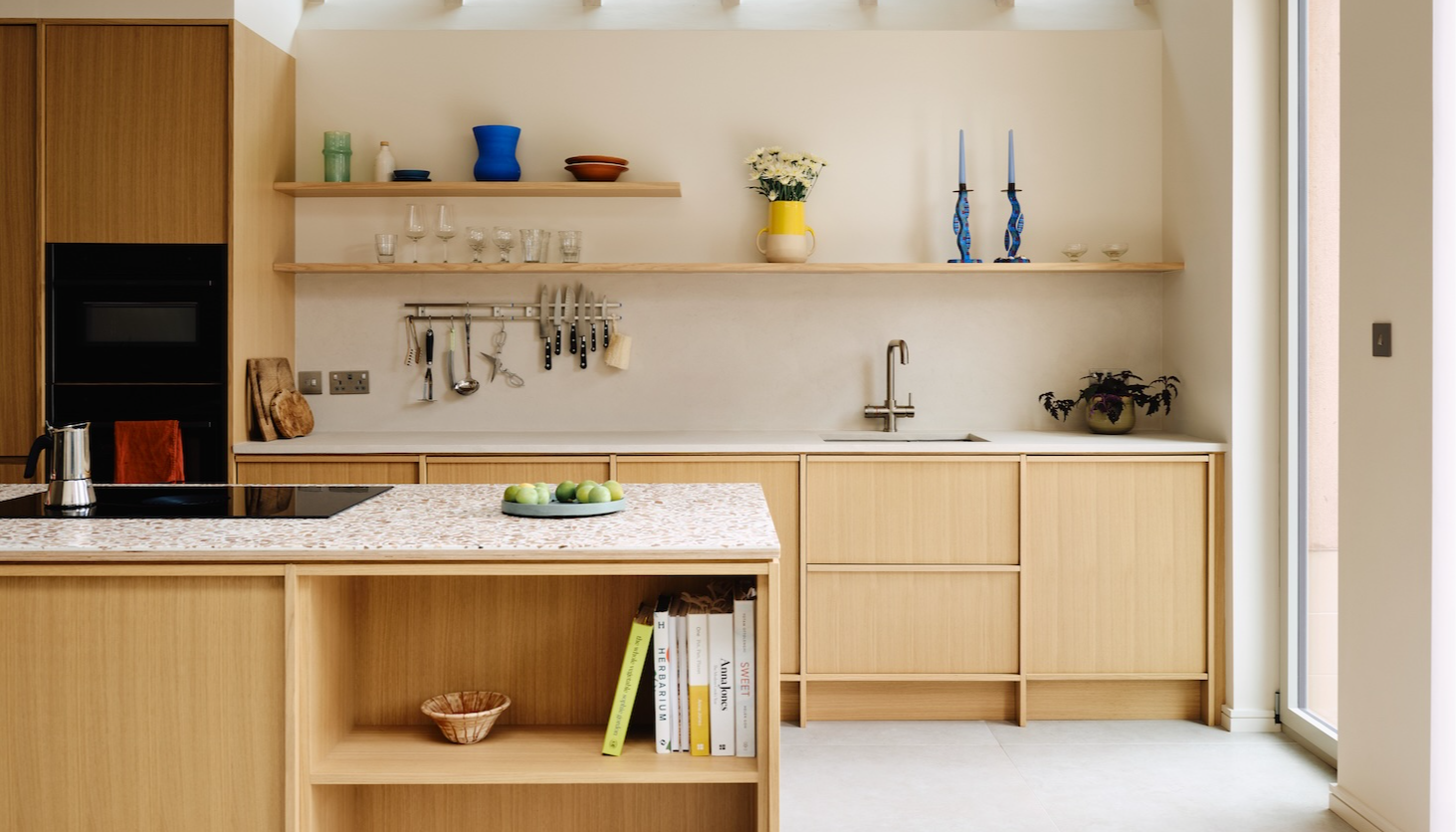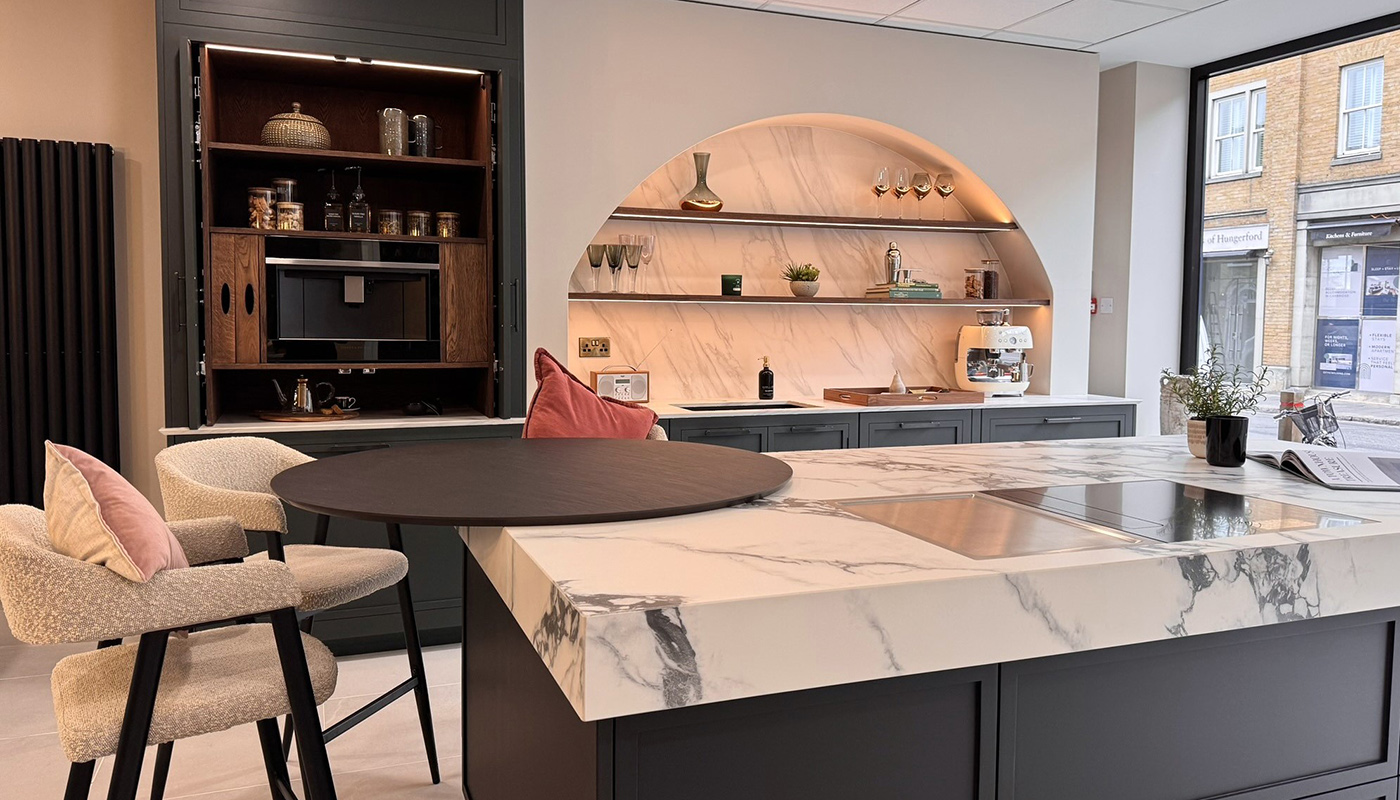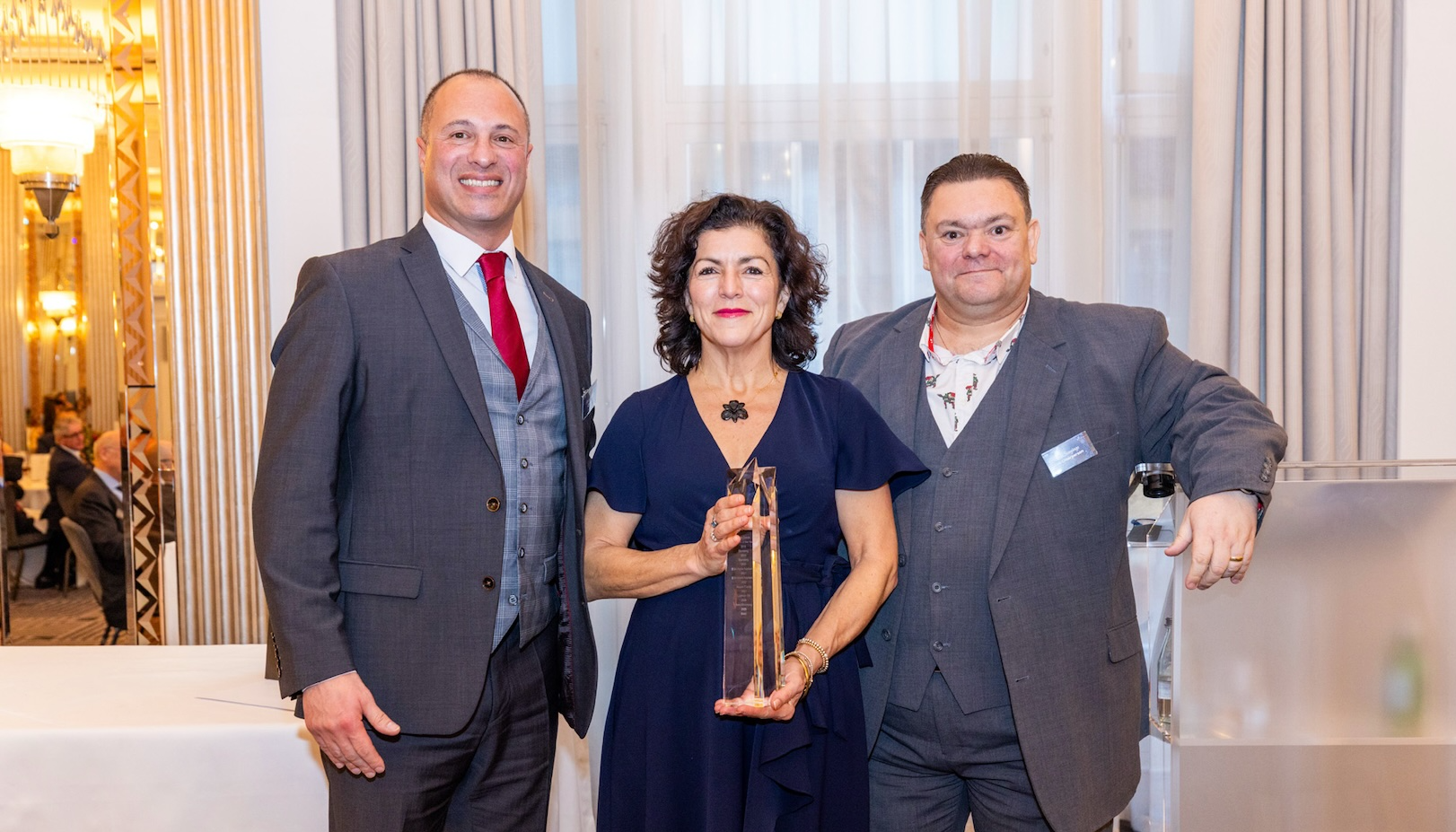Grid Thirteen reveals 5 kitchen trends that will shape design in 2025
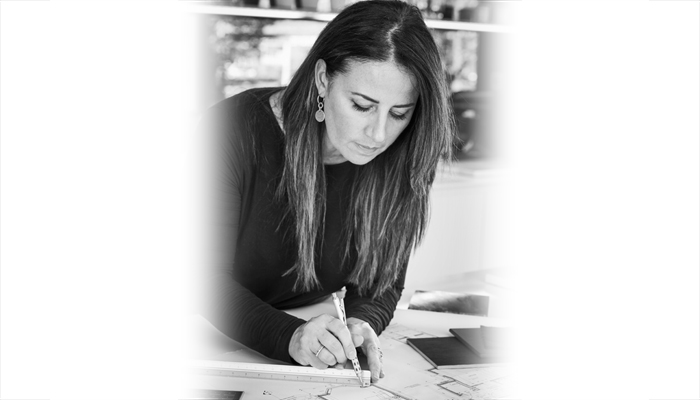
Grid Thirteen reveals 5 kitchen trends that will shape design in 2025
Natalie Fry, and her all-female team at Leeds-based interior design studio Grid Thirteen, gazes into her crystal ball and predicts 5 key kitchen trends that will shape kitchen spaces in 2025.
Photos by Andy Haslam.
Renowned for an innovative approach to designing beautiful kitchen spaces that are entirely personalised to a client’s preferences, Natalie Fry and her team of designers at Grid Thirteen create schemes choosing high-quality cabinetry from SieMatic and the Grid Thirteen's handcrafted ‘Darling Maeve’ bespoke furniture range.
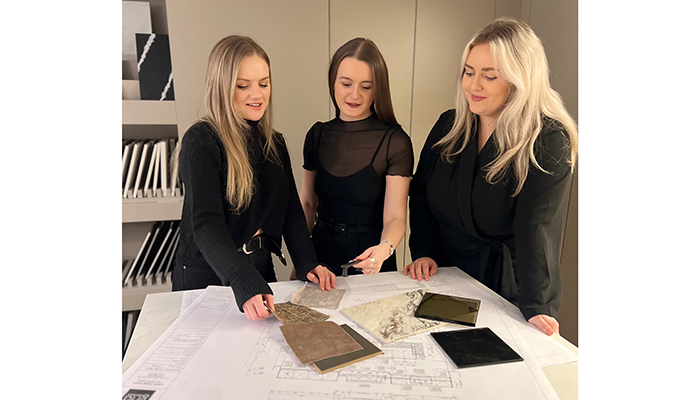
Looking ahead, the team predict that these 5 trends will dominate kitchen design:
1. Quiet Luxury with a Utilitarian Approach
‘Quiet Luxury’ will remain a strong trend in kitchen design into 2025, with understated elegance, superior materials, minimalism and craftsmanship at its core. Suited to larger kitchen spaces, this trend showcases kitchens with a subtle, luxury aesthetic through personalisation and bespoke furniture details which are thoughtfully merged with practical, eKicient design solutions for maximum functionality.
Natalie Fry, founder & creative director at Grid Thirteen, says: “Clients are increasingly seeking kitchen designs with a refined aesthetic, favouring an understated elegance that remains both ultra-functional and luxurious. The ‘Quiet Luxury’ trend allows our designers to add discreet, yet highly bespoke details within client schemes, which are often hidden behind cabinetry doors, through engraving or in ergonomic details handcrafted from wood. This approach balances functionality and refined design, oCering homeowners personalised pleasure and comfort in their home.”
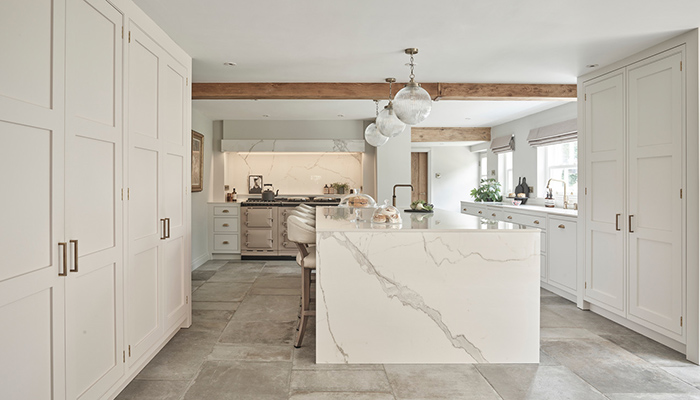
2. Warm Nordic: Cosy Scandi-style
Moving on from the popular Scandi-style kitchen look which has been popular in the past few years, the evolving trend of ‘Warm Nordic’ kitchens allows designers to showcase a layered blend of warm, muted natural colour cabinetry choices with organic, light-shaded woods such as Ash, Beech and Oak incorporated into islands, inlays, cabinetry interiors, open-shelving, worktops and lighting fixtures to create a cosy, warm and inviting kitchen space.
Grid Thirteen designer, Rebecca Barker, adds: “The ‘Warm Nordic’ kitchen trend is the contemporary evolution of the popular Scandi-style kitchen look. Adding a secondary colour palette tone to off-white cabinetry brings additional warmth, cosiness and interest to such a kitchen space and is complemented by merging sustainable wood choices such as slatted woods, cabinetry beading and worktops. This look is especially effective when blended with wooden flooring, tables, lighting and gold & brass accessories as it modernises the original principles of a Scandi-style kitchen design to bring a warmer, more inviting, cosy design.”
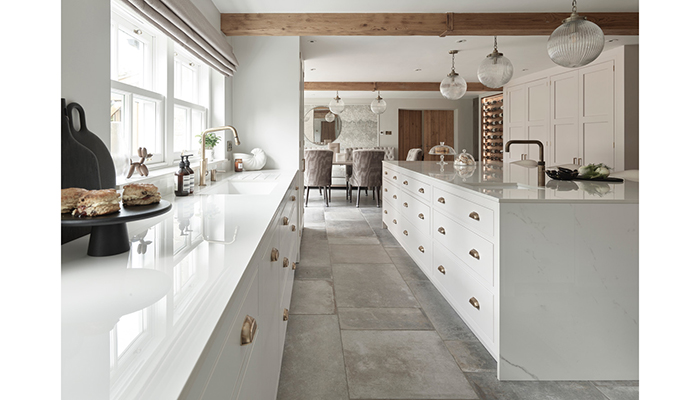
3. Bold, Luxe Kitchen Islands with Seamless, Integrated Seating
Kitchen islands are increasingly becoming the central design statement in modern kitchen spaces. Homeowners desire islands that serve as social hubs, showcasing rich, luxurious materials and finishes, whilst also enhancing the functionality and flow of a kitchen. A key trend is the incorporation of integrated seating into island designs, such as extended seating areas, built-in banquettes finished in luxurious yet durable fabrics, and elegantly curved seating paired with matching upholstered bar stools. These features add an element of warmth and elegance to the kitchen and can be used for both formal and informal purposes.
Grid Thirteen designer Emily Hicking notes: "Many of the designs we create for clients include seating within a seamless extension of the island that transitions into a casual dining table area. This type of seating design is perfect for informal dining within a kitchen space, allowing for casual, connected family meals without the need to formally set a dining table for each meal."
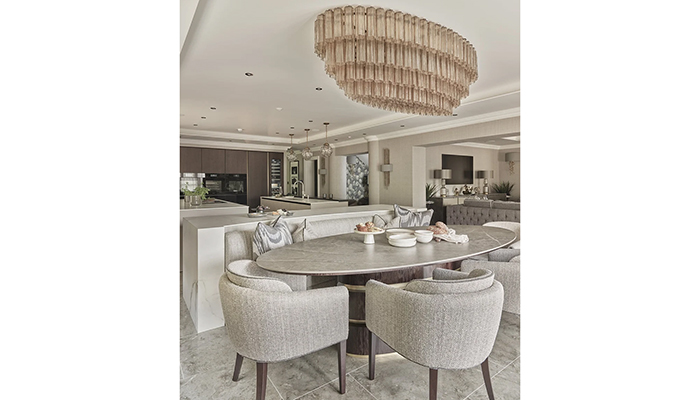
4. Classic Renaissance – Combining Opulence and Functionality
This trend goes beyond cabinetry style and focuses on the space’s architecture, height and design elements to reflect the grandeur and elegance of the European Renaissance period.
Natalie Fry, founder & creative director at Grid Thirteen, says: “The Classic Renaissance interior style can be achieved through working with master craftsmen to create bespoke panelled cabinetry on walls, polished stone floors, subtle gilded touches and delicately designed coffered or corniced ceilings which mirror the architectural splendour and balanced layout of interior spaces from the Classic Renaissance period.”
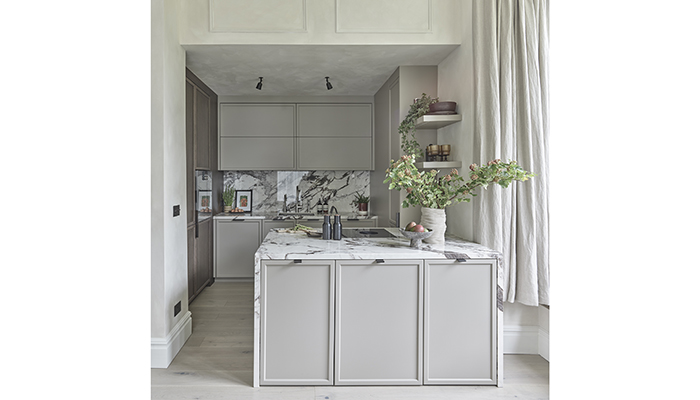
5. Tone-on-Tone Material Palettes
As a design team, we are seeing an increase in the combination of finishes in natural timber, moving away from kitchens with a singular dominant cabinetry finish. Some of the kitchens we are designing for clients, set to be installed into their homes in the New Year, feature a layered range of natural timber textures and tones that we have carefully selected to create a material palette providing visual interest and adding depth and warmth to the space. This approach creates a harmonious environment, resulting in a timeless, understated elegance that enhances the natural beauty of the materials.
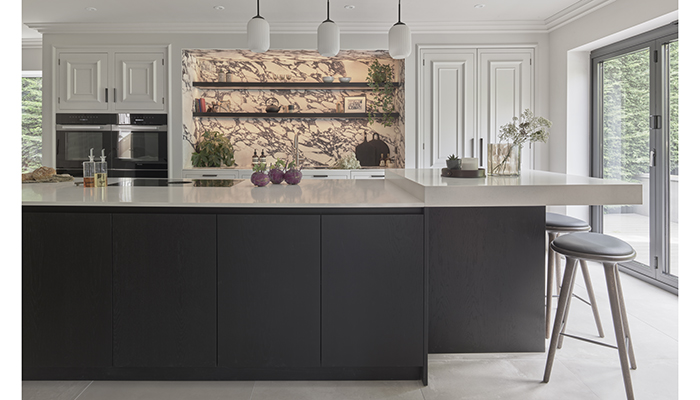
Tags: insight, features, kitchens, grid thirteen, natalie fry, emily hicking, rebecca barker








